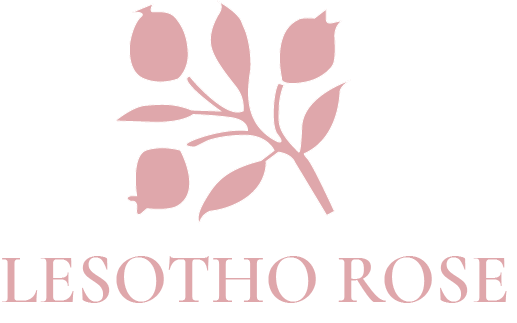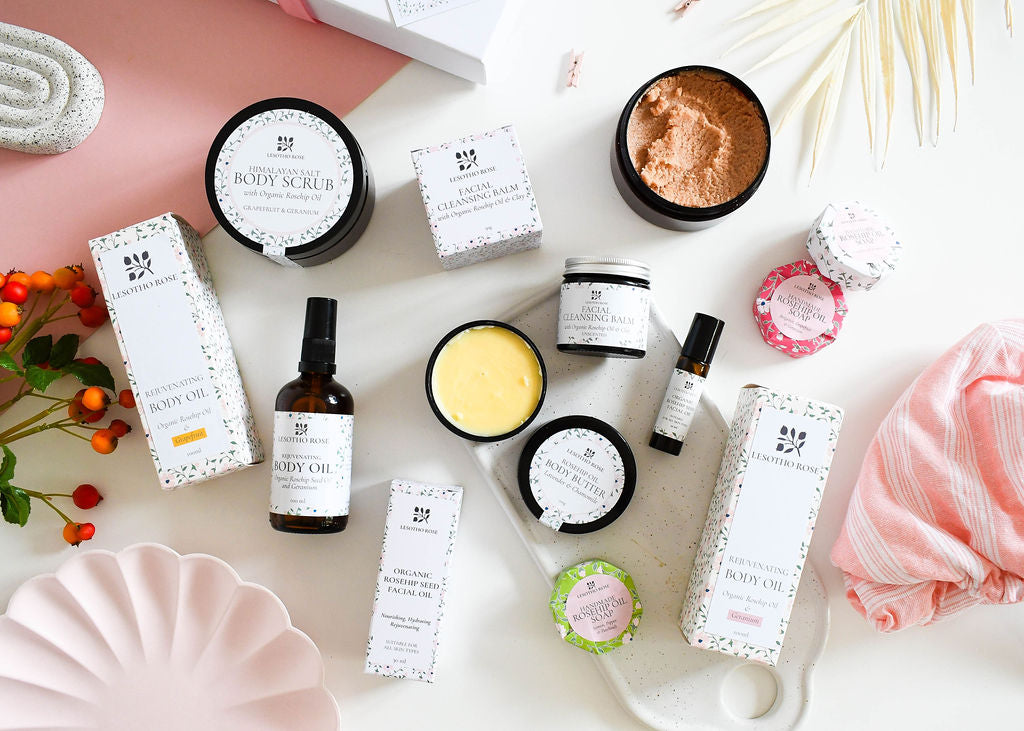My Soap Making Journey - Part 2
Share
Full of confidence from my soap making course, I dived straight in with researching how to incorporate the Rosehip Oil into a soap recipe. A lot of reading later I realised that my chemistry and maths GCSE's were going to come in handy after all these years and I was going to have to put it to use.
Soap is all about chemical reactions. The term known as saponification is the reaction between the oils and the lye (solution of water and sodium hydroxide) which once is fully complete makes soap. It was just a matter of deciding on how much soap I wanted to make and the ingredients I wanted to use in my soap, finding out their saponification values and then working out how much lye I needed to ensure there would be no traces of sodium hydroxide in the soap.
In my research I then came across the notion of 'Superfatting' your soap. A superfat is an excess of butters and oils in a finished bar of soap that have not been saponified and turned into soap. Perfect for my concept of creating a luxurious and nourishing piece of soap.
I finally settled on using Olive Oil (for a gentle cleansing lather), Coconut Oil (for its moisturising benefits and to make the soap hard and long-lasting), Cocoa Butter (for smooth and soft skin) and of course Rosehip Oil in my first recipe along with Geranium and Rosemary Essential Oils for the scent and after checking my calculations through a great soap-making website the soap-calc.com, I was on my way.
A browse on Amazon, a quick trip to B&Q, Dunelm and Tesco and I had all the ingredients and equipment to make my first batch of homemade soap. With just a slight worry when it took a lot longer to trace than I remembered, it went off without a hitch much to my surprise! 48 hours later it was out of the mould and cut into slices and left to cure for 6 weeks.


I was then on a soap-making mission, making batches after batches perfecting my soap-making technique along with experimenting with different scents. The house was beginning to become overwhelmed by soap but on the plus side it was smelling great!
Everything was going swimmingly until within in a few weeks of the curing process I started to notice a white powdery film was developing on some of the soaps. It was Soda Ash! Soda ash forms when unsaponified lye reacts with naturally-occurring carbon dioxide in the air. Perfectly good to use just not very pretty to look at! Saponifying at cooler temperatures also contributes and living in an old and draughty house wasn't going to help especially during the winter months. I was now worried about consistently achieving perfect-looking soaps.

So it was back to the drawing board ... at the same time something else was niggling at me with the cold process soap making process. You can't choose which oils are superfatted after saponification so the benefits of the rosehip oil in soap may be lost.
Read part 3 of my journey to find out how I overcame this dilemma and how I finally bought my Rosehip Oil soap to market.



